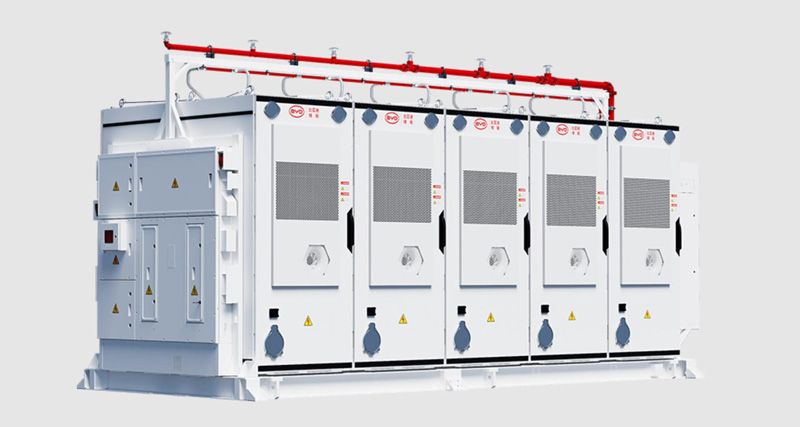Send this article to a friend:
February
25
2025
Send this article to a friend: February |
BYD to build the 'world's largest' battery storage projects
Let's do some quick math to get a sense of how much energy that works out to, in more relatable terms. The average household in the US consumes about 1,000 kWh per month. Now, 1 GWh equals 1 million kilowatt hours. So, BYD's system could theoretically powering approximately 1,042 homes for an entire year with the juice in its batteries. The contract between BYD and the Saudi Electricity Company is part of Saudi Arabia's Vision 2030 initiative, which will hopefully see the country generate 50% of its electricity from renewable sources over the next five years. That will help with its broader plan to reduce carbon emissions across industries to net zero by 2060. BYD says each site will get its MC Cube-T Energy Storage System (ESS), which features the company's efficient and compact Blade batteries (which are also seen its electric cars). This system is also said to tightly integrate all its componentry – like its cooling systems, electronics, and protective casings – for a small footprint.  The sites will get BYD's new-generation MC Cube-T Energy Storage System with its energy-dense Blade batteries inside
BYD Energy
The five sites combined will be able to store nearly four times more energy than what's believed to be the current largest battery energy storage facility worldwide: the 3.287-GWh Edwards & Sanborn project in Kern County, California. That would be a major milestone in Saudi Arabia's energy storage plans. The Middle Eastern nation has been fervently developing its local infrastructure lately, having connected its present largest battery energy storage system – the 2-GWh Bisha facility – to its grid last month. Saudi Arabia is already among the top10 global markets for energy storage. It could take third place by next year, behind China and the US, if it achieves its goal of building 22 GWh of operational energy storage by 2026. Source: BYD via GlobeNewswire
|
Send this article to a friend:
 |
 |
 |